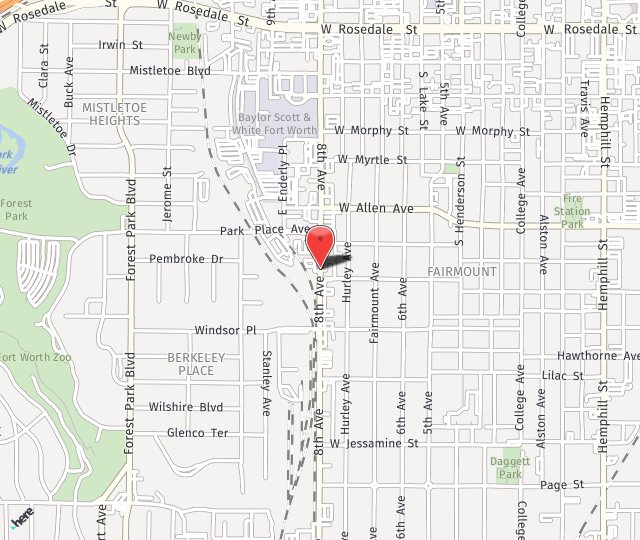While it may sound crazy, fat grafting of the breasts is the real deal. Suctioning out unwanted fat from one area of the body and adding it to specific areas in a breast helps create a more refined, sculpted look. Initially used for breast cancer reconstruction, techniques continue to evolve and the technique is now being used more and more in cosmetic breast surgery as well.
Fat grafting of the breasts is not new. In 1895, a German physician named Vincenz Czerny described breast reconstruction of a 41 year-old singer. She was concerned about how she would appear on stage after having to have a breast removed. She had a large lipoma (fatty tumor) in her lower back, so this was taken and placed in the mastectomy defect. In 1919 another German doctor, Erich Lexer, published “Free Transplantations”, a 2 volume text about grafting. In this text he described some clinical applications of fat graft breast augmentation and reconstruction. Melvyn Bircoll, a Los Angeles surgeon, published his experience with breast augmentation using liposuctioned fat in 1987. Emmanuel Delay in Lyons, France began using fat grafting for breast reconstruction in 2000. Gino Rigotti, in Verona, Italy, presented a large series at a 2007 European aesthetic plastic surgery meeting. Over the last 10 to 15 years fat grafting has been championed in the United States by Sydney Coleman in New York, Daniel Del Vecchio in Boston, Roger Khouri in Miami, and Kamran Khoobehi in New Orleans.
Methods for obtaining the fat, processing it, and placing the fat into the breasts are changing all the time, allowing for ever-improving shapes and contours with enhanced safety and predictability. One of the early concerns about fat grafting was that it may make mammograms more difficult to interpret. Clinically this has not been found to be the case. Del Vecchio and others have published their experiences, with a very low incidence of oil cysts and calcifications seen after fat grafting. Peter Rubin in Pittsburgh also reported a study showing that mammograms of women who have undergone breast reduction surgery are actually more difficult to interpret than mammograms of women who underwent fat grafting.
Many women come to the office with a desire to have more shapely breasts. An area that almost all want to have addressed is the flattened area at the top of the breasts, where the chest transitions to the breast. Breast implants help fill that area and may be all that’s needed. Sometimes, however, adding a little fat to the upper breast may create an even more subtle transition and more filling in that area. Fat may also be added in other areas as well, depending on the specific findings and desires. A woman who is thinking about breast augmentation who also happens to have fullness in her thighs or abdomen may be an ideal candidate for fat grafting of her breasts. Using slightly modified liposuction techniques, the fat is removed from the areas where contour improvement is desired. The fat is collected and cleansed of oils and blood cells. The cleaned fat is then injected into the desired areas of the breasts.
The surgery may take two or three hours to accomplish. Recovery is similar to that of a typical liposuction operation. For a few days there is some soreness at the sites from which the fat was taken, and the breasts feel fairly tight. Swelling begins to subside after five or six days but the final shape of the breasts and the suctioned areas won’t be seen for a few months.
Fat grafting of the breasts is an exciting, evolving technique. Women now ask about it frequently when they visit the office. If you have been thinking about changing the shape and appearance of your breasts, fat grafting is something you should at least know about. Call the office and come learn about this intriguing procedure!

